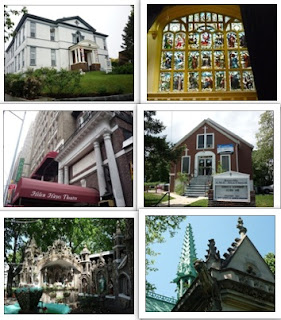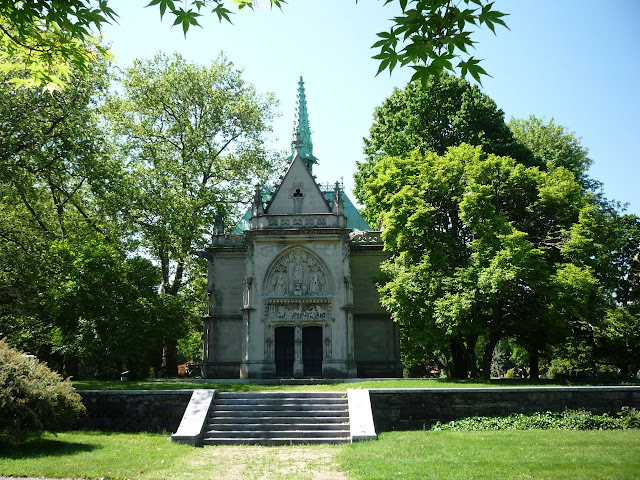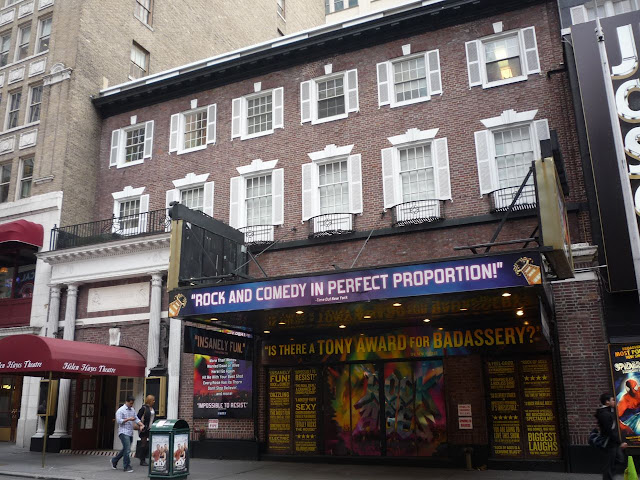Search This Blog
A strolling guide to New York City by writer and photographer Teri Tynes. Active during the years 2007-2021, Walking Off the Big Apple plans new walks away from the city in the summer of 2025.
Posts
Showing posts from May, 2012
Coming this summer 2025
A Hudson River Camino - a cultural and spirit-filled pilgrimage up river.
Greenwich Village in the Shade: Washington Square Park and the West Village at the Start of Summer
- Get link
- X
- Other Apps
On Memorial Day Weekend: A West Side Walk to the Intrepid, and Memorials to New Yorkers at War
- Get link
- X
- Other Apps
Memorial Day Weekend Begins in New York, and the City's Pace Slows Down: Scenes from the City
- Get link
- X
- Other Apps
Fleet Week in New York Begins with the Parade of Ships (Photos)
- Get link
- X
- Other Apps
After the Rain: Sights and Sounds from Madison Square Park
- Get link
- X
- Other Apps
Historic Preservation in New York City: Concluding Thoughts on the Final Day of Voting in the Partners in Preservation Initiative
- Get link
- X
- Other Apps
At Woodlawn Cemetery, Remembering Alva Vanderbilt Belmont, The Socialite and the Suffragette
- Get link
- X
- Other Apps
On Staten Island, the Marvels of Our Lady of Mount Carmel Grotto
- Get link
- X
- Other Apps
News and Views from the Staten Island Ferry
- Get link
- X
- Other Apps
The Living Spirit of Rossville A.M.E. Zion Church
- Get link
- X
- Other Apps
At the Helen Hayes Theatre, A New Act for Second Stage
- Get link
- X
- Other Apps
June 11, 2025 in Beacon, NY

On a day trip from NYC






